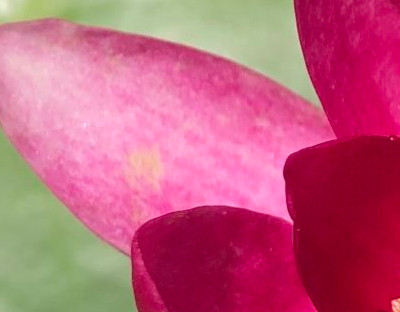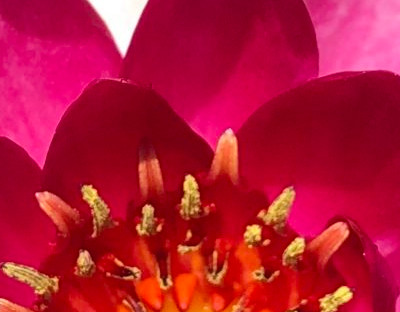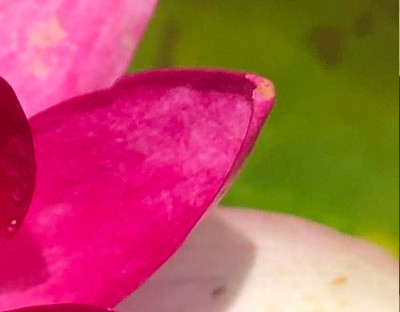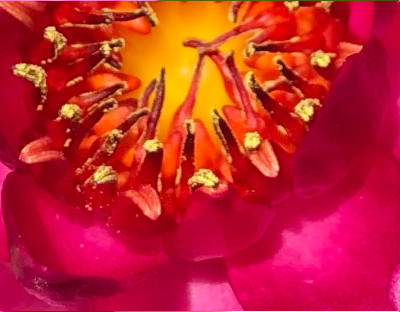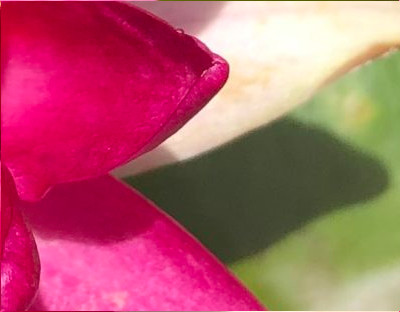Consultations

No matter how ambitious your design, or how small your garden area is, we can help identify your needs, answer your questions, and solve your problems. Desiree Gardens can provide everything from a friendly chat through a phone consultation, all the way to a full set of plans and itemized list of plants along with a schedule. In addition, if you are located in the North Texas area Desiree Gardens can provide plants, materials, hardscaping, and the labor to install the garden of your dreams.
We can provide:
- Phone or Zoom consultations
- In person consultations in North Texas
- Design services
- Installation
- Maintenance on a regular schedule
Customer Testimonials
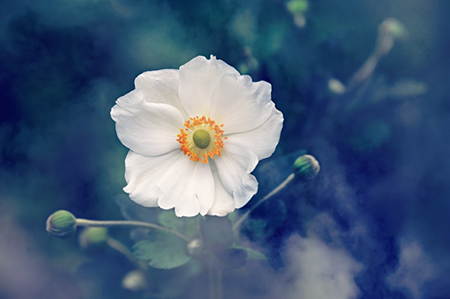
- I’ve had numerous landcaping companies that have taken care of all the plants, shrubs and yard. Desiree Gardens is by far the best ever. She is attentive to detail & I love my yard. I could go on and on about how wonderful she is but you need to have her do your work!
- Buddy Moses - Our yard started out as not much and they have worked hard to make progress and work within our budget allowing my wife to pick the plants and trees and undercover that fits our style. Desiree Gardens was the only landscaper that would take on our project and they have done a wonderful job in making it look great and progressing on the yard without it looking under construction. The cost could have been more than we wanted to take on all at one time but we have had a great time building it and making it look nice. Our landscape is on a very steep hill so it is unique and has taken some creativity to get us where we wanted to be. Thank you so much for working on it and making our house have the personality that Karen really has become proud of. This year I cannot wait to see what you do and see the plants as they continue to bloom and fill out.
- Brett Wassell - Desiree has been my landscaper/gardener for the last several years. She has a vast knowledge of plants and knows which plants will thrive in which areas of my garden. She has a great eye for design and always meets my requirement of planting things that are easy for me to maintain. 😀 Also she’s very dependable and reasonably priced. I definitely recommend her!
- Staci Spring
It’s COLD outside! Winter gardening activities for January.
The cold weather has settled in for the winter and most gardens have gone to sleep for the season. But that doesn’t mean that we’re done: Now is the perfect time for getting all of your necessary chores done before the big spring. In the winter, right now, when woody trees and shrubs are dormant, is the perfect time for planting. If you’ve considered adding these to your landscape, especially Japanese maples, this is when you want to go ahead and set them in the ground. You won’t see much activity until the spring, but the roots will be active setting your new plant up for a marvelous flush of new leaves when the warm weather returns. Despite their dormancy it is still critically important to properly water in your new trees and shrubs in order to encourage proper root growth. Consider native trees for your Texas garden. They will…
First a freeze, now SNOW?
As if the hard freeze starting tonight wasn’t enough, now we have a significant chance of snow and ice. What’s a North Texas gardener to do? First, tonight, Sunday night, deeply water everything you can. The liquid water helps protect the plant and roots from the freezing cold air. The freezing nights are expected to last through Friday, and current forecasts have a good chance of ice and / or snow for most of North Texas. What does that mean for our gardens? Hopefully by now you’ve moved all of your potted plants inside. The cold weather will get to them first as they don’t have the advantage of warmth from the earth itself to keep the roots and bulbs from freezing. Any other cold sensitive plants in the ground should be covered with frost cloth. This helps protect from the freezing winds and traps heat from the ground to…
There’s a FREEZE coming! What do I do?
Yes, that’s right our first hard freeze of the winter is just a few days away, forecast to hit Sunday night / Monday morning with lows in the 20s. And, it’s not just one night but expected to last 3-4 nights of hard freezing weather. But don’t panic. Most plants that we have in North Texas are winter hardy to zones 7a/b and should be fine, though they might go dormant. Summer perennials such as lantanas will die back to the ground, but they’ll be back next year. Summer and fall annuals that are not freeze hardy will die back, but that’s perfectly normal. Fall and winter annuals such as pansies, dianthus, and decorative kale will be just fine. For your sensitive perennial plants, those that are not particularly freeze hardy, there are a number of things that you can do. The first is, Sunday afternoon before the freeze hits…
The Holiday season and your garden.
Well folks, it looks like we’re in for a warmer than normal winter. This will mean an extended growing season for most gardeners, although now that a mild La Nina system has set in we can expect things to be slightly drier than normal. Still, with night-time temperatures regularly reaching into the 40s right now all of your true tropicals such as plumeria, bananas, and bougainvillea should be brought inside for the winter. But is your gardening season really done? Heaven forbid! When your woody perennial shrubs and trees are dormant is the best time to plant them. That time of year is starting right now! During the summer, trees spend their time gathering energy from the sun and combine it with water and carbon dioxide to create sugars and starches that they store and use to live on later when they are dormant. It is during this time when…
Contact Desiree
Give us a call at 877-558-1496, or use the contact form below.










